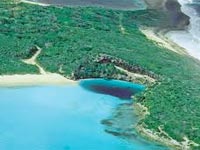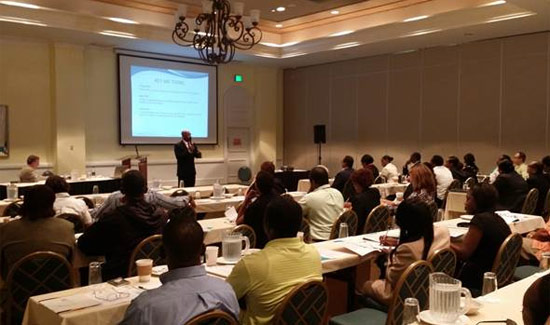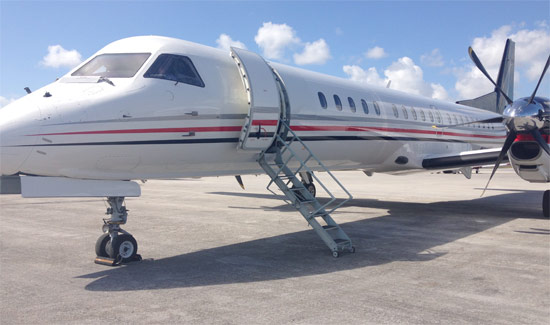 Few locations boast quite the same “licence to thrill” credentials as the Bahamas. James Bond author Ian Fleming coaxed silver-tongued Sean Connery to the then little-known island paradise of New Providence in 1965 for the making of Thunderball, the fourth in the celebrated 007 film series. By 1970, word had leaked out about the barefoot luxury attributes of this 700-island archipelago, with a record one million sun-seekers jetting in to feel the sand between the toes for themselves.
Few locations boast quite the same “licence to thrill” credentials as the Bahamas. James Bond author Ian Fleming coaxed silver-tongued Sean Connery to the then little-known island paradise of New Providence in 1965 for the making of Thunderball, the fourth in the celebrated 007 film series. By 1970, word had leaked out about the barefoot luxury attributes of this 700-island archipelago, with a record one million sun-seekers jetting in to feel the sand between the toes for themselves.
These days however, it isn’t just a taste of the tropical high life that’s stoking investor interest in this former British colony located 180 miles off the Florida coast, but a favourable tax regime. The islands’ zero rate income tax, capital gains tax, wealth tax and VAT is clearly luring wealthy foreign investors looking to avoid spiralling tax burdens overseas.
“Stable government and sovereign status are among the country’s strengths as an international financial centre,” says Ellison Thompson of the Bahamas Tourist Authority.
“Tourism is the country’s primary source of income, with 50 per cent of GDP coming from the hotel and resort industry. But residency status, now granted to qualifying owners of property valued in excess of 500,000 Bahamian dollars, is enticing foreigners, many soon-to-be-retirees, to put down permanent roots. Direct BA flights five days a week from the UK to Nassau are also boosting British traffic, with a $400m airport extension to accommodate additional long-haul airlift likely to see Cathay Pacific and Virgin Atlantic opening up new routes.”
Like many offshore idylls, the islands are still feeling the lingering effects of the global recession, with a fall-off in real estate values since 2008, although Heather Lightbourn Peterson of Coldwell Banker feels that today’s more “realistic” pricing – 15-20 per cent below previous thresholds – is actually helping to bolster investment.
“Five years ago over-inflation defined the premium end of the market. Now, buyers looking to purchase in established locations such as New Providence and Grand Bahama are finding there’s some room for manoeuvre on price,” she says. “The introduction by the Bahamas Real Estate Association (BREA) of the Multiple Listings Service (MLS), an online database of all listed properties, has also fast-tracked the property search process for foreigners who can now browse all available homes in a single location online.”
Further signs of an uptick are the rising levels of interest for homes in the lesser-developed outer islands, just a short hopper flight from Nassau, with the scenic Abacos chain leading the way. Populated by the descendants of British loyalists fleeing the United States during the War of Independence, these low-lying coral islands lined with shallow bays are rich in history with plenty on offer beyond lazy days on the beach.
Property choice is diverse: traditional clapperboard cottages and characterful townhouses nestled alongside contemporary custom-build villas, with a sprinkling of small-scale resort communities. Bill Thompson of Abaco Bahamas Realty adds: “Overseas buyers thinking about relocation or retirement tend to go for stand-alone properties in one of the residential ‘hubs’ such as Marsh Harbour or Hope Town. Entry-level prices for a two-bed townhouse start around $300,000.
“Second-homers with rental returns in mind prefer the hassle-free set up of a managed resort such as Abaco Club on Winding Bay or Schooner Bay in South Abaco. The year-round season means net yields of around eight to 10 per cent are achievable, with a domestic and foreign visitor base to tap into.”
For the entire article, click here.
By Laura Henderson
The Telegraph (U.K.)



